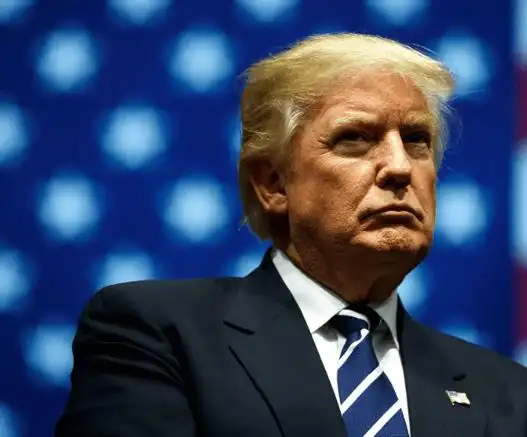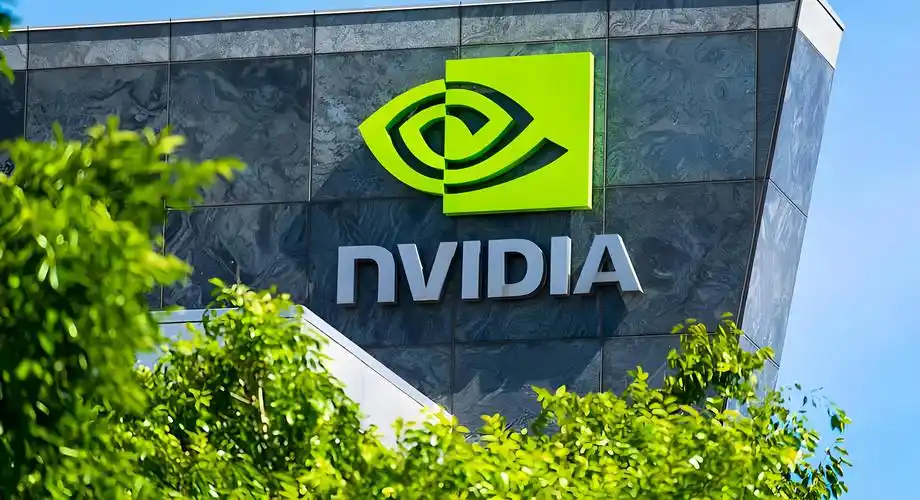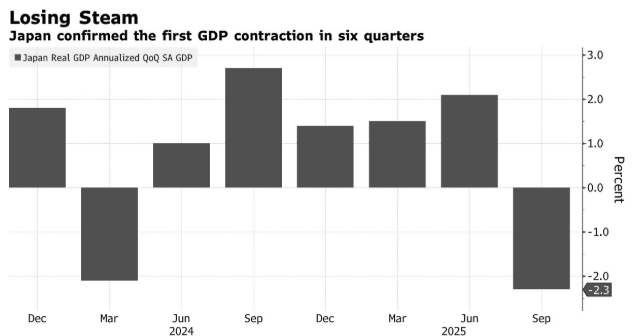US President Donald Trump has extended the suspension period for imposing high tariffs on Chinese goods by 90 days until early November to stabilize trade relations between the world’s two largest economies.
Trump signed an order extending the truce in the trade war until November 10 and postponing the tariff hikes that were due to take effect on Tuesday. The easing of tensions initially took effect after the United States and China agreed to reduce tit-for-tat tariff increases and ease export restrictions on rare earth magnets and certain technologies.
Trump posted on Truth Social that “All other aspects of the agreement will remain unchanged.” He suggested that there are no plans to modify US trade policy or the terms of the agreement. A White House fact sheet did not detail any changes other than the extension of the date.
China also said in a similar statement that it would suspend its trade agreement for 90 days.
Last month, negotiators from both sides reached a preliminary agreement in Sweden to maintain the deal. If the truce agreement is not extended, the US tariffs on Chinese goods will jump to at least 54% after midnight New York time.
This delay will ease concerns over a new round of tariff wars, which could strangle Sino-US trade. Tensions between Washington and Beijing escalated earlier this year, shaking global financial markets.
This will also give the two countries more time to discuss other outstanding issues, such as the tariffs imposed by Trump on Beijing related to fentanyl trafficking, the US concerns over China’s purchase of sanctioned Russian and Iranian oil, and the differences over US business operations in China.
In the executive order, Trump wrote: “The United States will continue to engage in discussions with the People’s Republic of China to address the lack of trade reciprocity in the economic relationship between the two countries and the resulting national and economic security concerns. Through these discussions, the People’s Republic of China will continue to take significant steps to correct non-reciprocal trade arrangements and address the United States’ concerns regarding economic and national security issues.”
Trump told reporters earlier on Monday that “our relationship with China has always been very good.”
Earlier this year, Trump raised tariffs on Chinese goods, and Beijing responded in kind. The US tariffs on Chinese imports eventually reached 145%, and China restricted the supply of magnets that are crucial to US manufacturers. The two sides reached a 90-day trade truce in May, with the US reducing tariffs on Chinese goods to 30% and Beijing lowering tariffs on US goods to 10% and agreeing to resume rare earth exports.
Trump’s willingness to negotiate with China has raised concerns among national security hawks who fear that he may be reluctant to confront America’s biggest geopolitical rival. Nvidia and Advanced Micro Devices have reached an agreement with the Trump administration to hand over 15% of their revenue from certain AI chip sales in China to the US government in order to obtain export licenses.
Trump said earlier on Monday that he was willing to allow Nvidia to sell a simplified version of its most advanced AI chips to China and said, “I may be able to reach an agreement.”
As the deadline approaches, Trump called on Beijing on Sunday to quadruple its purchase of US soybeans, saying it would help reduce the US trade deficit with China.
Before Trump decided to extend the ceasefire, US Treasury Secretary Steven Mnuchin and Chinese Vice Premier He Lifeng held two days of talks in Stockholm in July – this was the third round of talks between Washington and Beijing in less than three months.
Although Chinese officials and the official Communist Party newspaper expressed satisfaction with the Stockholm talks, and US cabinet ministers also expect the agreement to be extended, the deal remains fragile. Bessette has said that any decision to extend the agreement will be made by Trump.


